On-Page SEO Checklist: Boost Your Online Presence
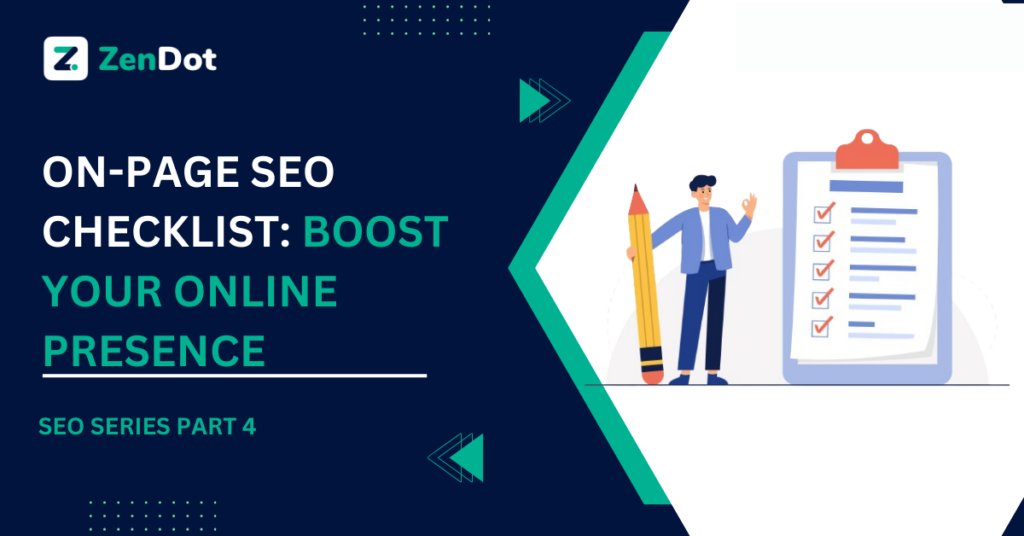
Creating an SEO-friendly web page can seem overwhelming, but with the right approach, it becomes manageable and highly rewarding. This comprehensive on-page SEO checklist simplifies the process, guiding you through essential steps to optimize your web pages effectively. From crafting concise and engaging title tags to ensuring mobile friendliness and fast page speeds, each aspect is designed to enhance your website’s visibility and user experience.
By following these guidelines, you can improve your search engine rankings, attract more organic traffic, and deliver valuable content to your audience. Let’s dive into the checklist and get your website performing at its best!
H1 Tag: Targeting a Single Keyword
Your H1 tag should focus on one primary keyword. This helps search engines understand the main topic of your page and improves your chances of ranking for that specific term.
Example: If your page is about “Advanced Keyword Research,” your H1 tag should be:
Title Tag: Crafting the Perfect Headline

Your title tag should be less than 60 characters and contain the focus keyword. A concise and keyword-rich title improves click-through rates and search engine visibility.
Example: <title>Advanced Keyword Research: Strategies to Outrank Competitors</title>
Image Alt-Text
Use descriptive alt-text for all images to improve accessibility and help search engines understand the content of your visuals. Include relevant keywords where appropriate.
Example: <img src=”advance-keyword-research.jpg” alt=”Advanced Keyword Research Strategies”>
Structured Markup
Implement structured data markup (schema.org) to help search engines better understand your content and improve your chances of appearing in rich snippets.
Example:
<script type=”application/ld+json”>
{
“@context”: “http://schema.org”,
“@type”: “article”,
“name”: “Advance Keyword Research”,
“image”: “advance-keyword-research.jpg”,
“description”: “Advanced keyword research uncovers unique, high-potential search terms by analyzing competitors, using GA4, Google Search Console, and more.”
}
</script>

Internal Linking
Use internal links to connect related content on your website. This helps search engines crawl your site more effectively and keeps users engaged with additional resources.
Example: If you have an article about “Advanced Keyword Research,” you can link to another relevant article on your site by saying, “To learn more about how to effectively find the best keywords, check out our guide on Advanced Keyword Research.
Page Speed: Passing the Speed Test
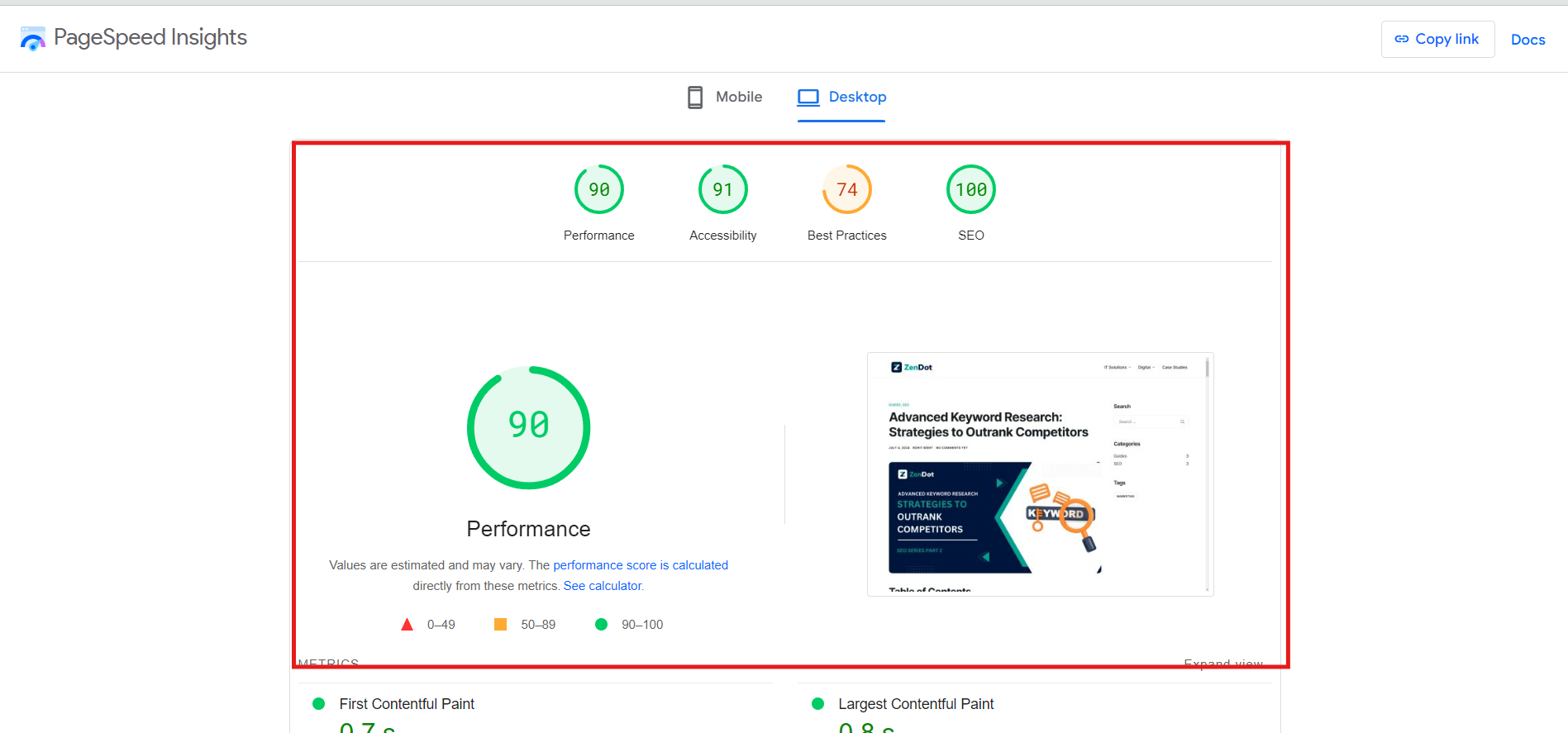
Page speed is crucial for both user experience and SEO. Use tools like Google PageSpeed Insights to ensure your page loads quickly on all devices. Fast-loading pages reduce bounce rates and improve rankings.
Example: Optimize images by compressing them without losing quality, enable browser caching, and minify CSS and JavaScript files.
Mobile Friendliness: Catering to All Devices
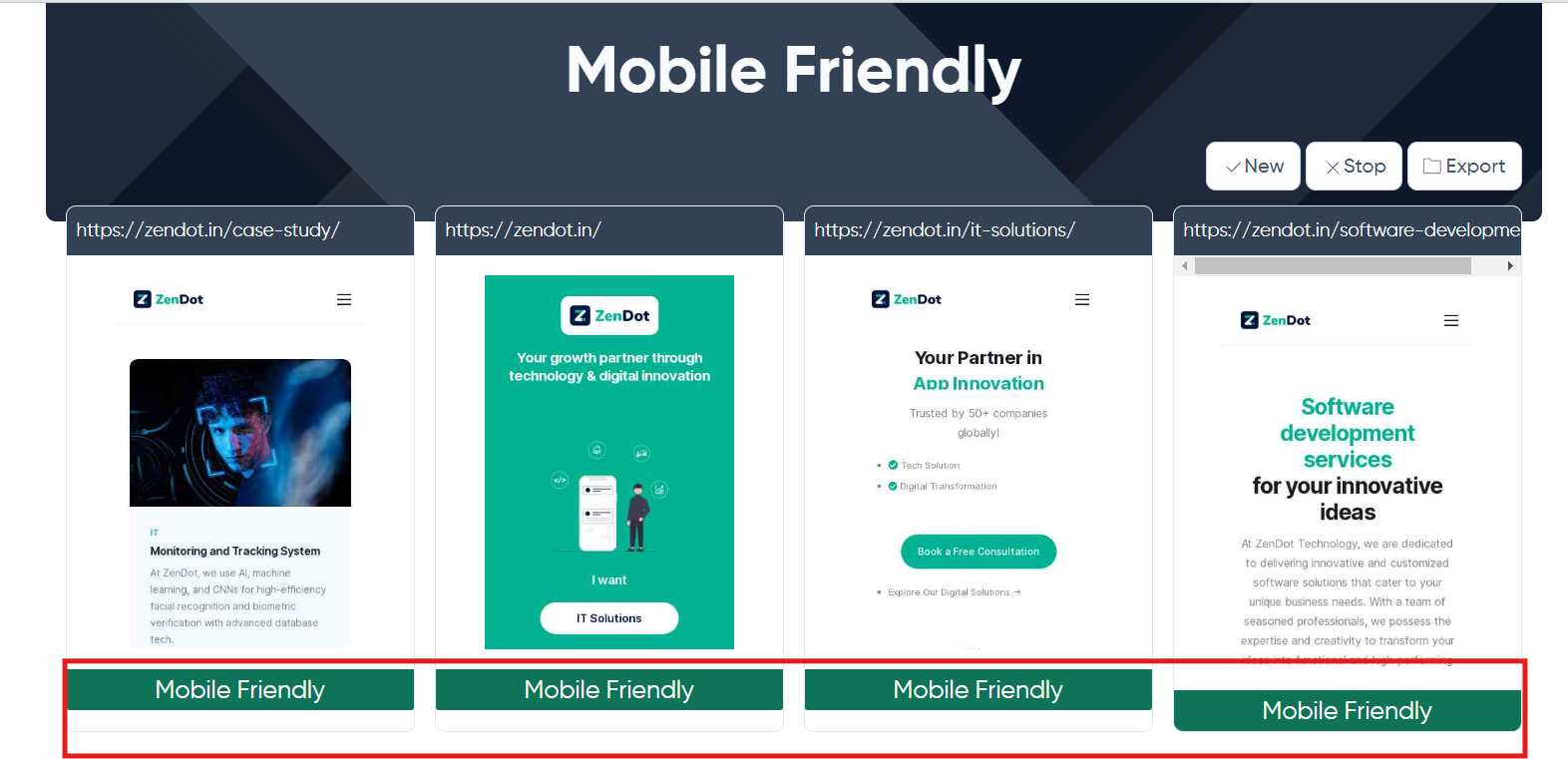
With the increasing use of mobile devices, ensuring your website is mobile-friendly is paramount. Responsive design and mobile optimization are essential to provide a seamless user experience.
Example: Use responsive design principles and test your website on different mobile devices.
Value Proposition: Honest and Clear Messaging
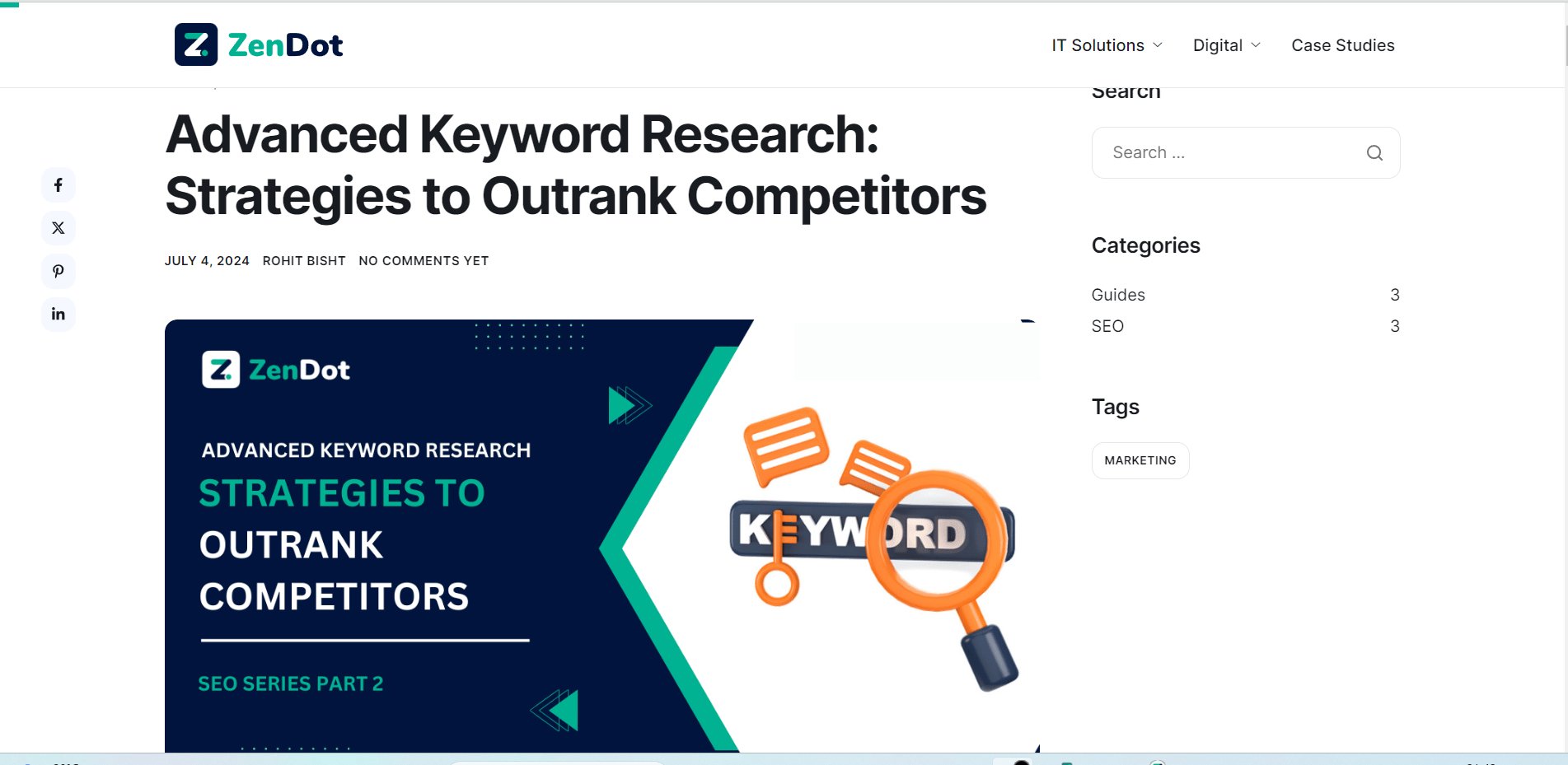
Conveying value without overpromising builds trust with your audience. Ensure your content accurately reflects what users can expect, using numbers, dates, and power words to highlight benefits.
Example: Instead of saying, “This article will make you an SEO expert overnight,” say, “This article provides advanced keyword research techniques to help you outrank competitors effectively, similar to the comprehensive strategies discussed on ZenDot.”
Meta Description: Crafting Compelling Summaries

Your meta description should be between 155-160 characters, include the targeted keyword, and feature a call to action. This brief summary should entice users to click through to your page.
Example: Create SEO-friendly URLs to boost rankings. Use keywords, hyphens, lowercase letters, and avoid special characters. Learn best practices for optimal URL structure.
Content Quality: Delivering Excellence
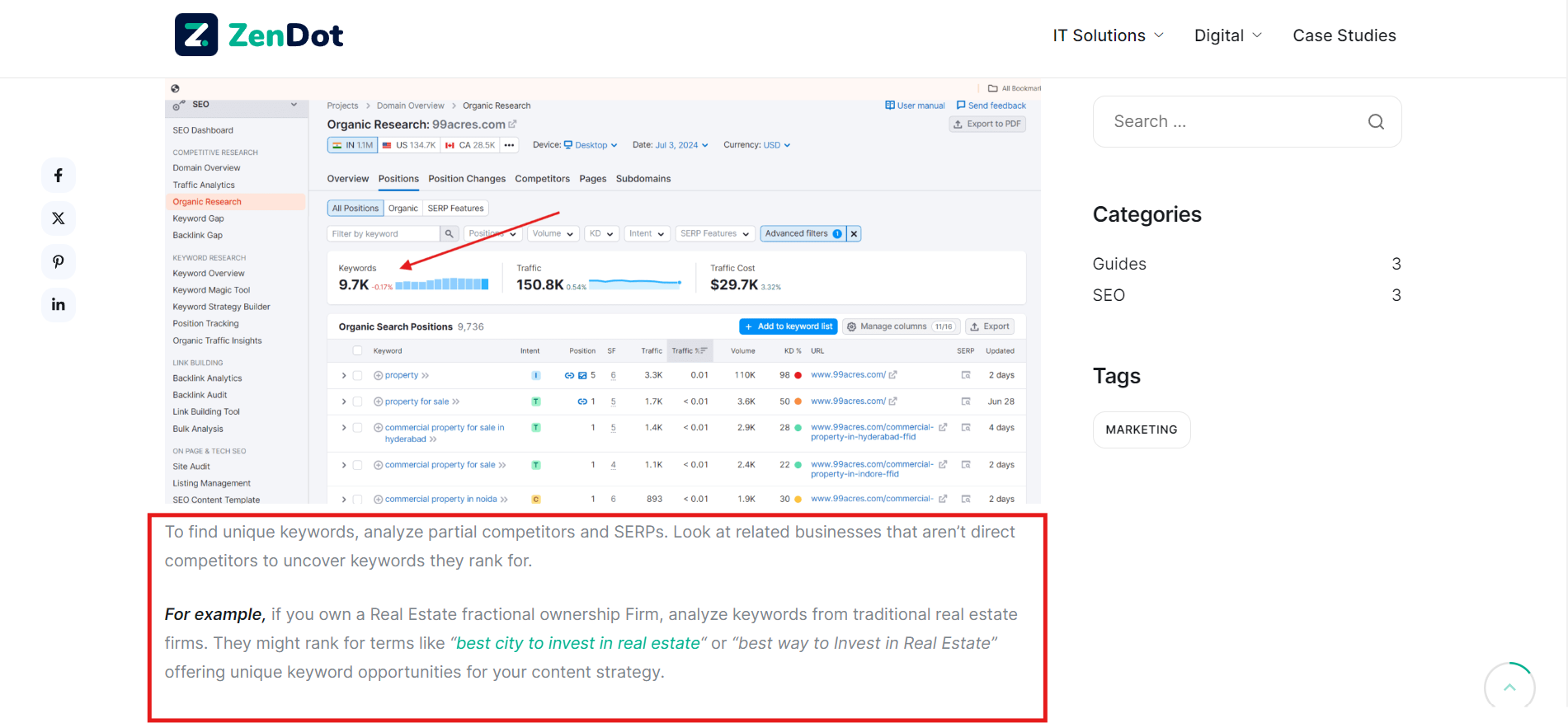
Content is king, but quality is paramount. Ensure your content is original, unique, and 100% accurate. It should be actionable, delivering on promises and providing real value to readers. Write in a human-readable style, organize headings, avoid fluff, and ensure all information is to the point.
Example: Write in-depth articles with actionable tips, supported by research or expert opinions.
Headings and Sub-headings: Organizing Information
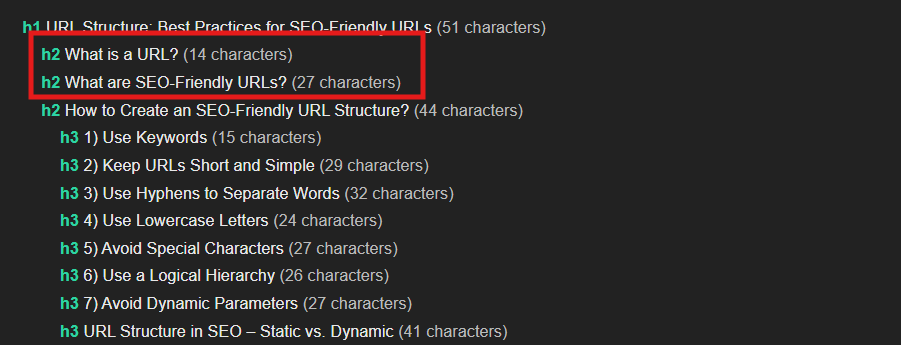
Use at least two H2 tags with your targeted keyword. Make your post scannable by organizing information logically, which helps users find what they need quickly.
Example:
- <h2>What is a URL?</h2>
- <h2>What are SEO-Friendly URLs?</h2>
URL Structure: Keep It Simple
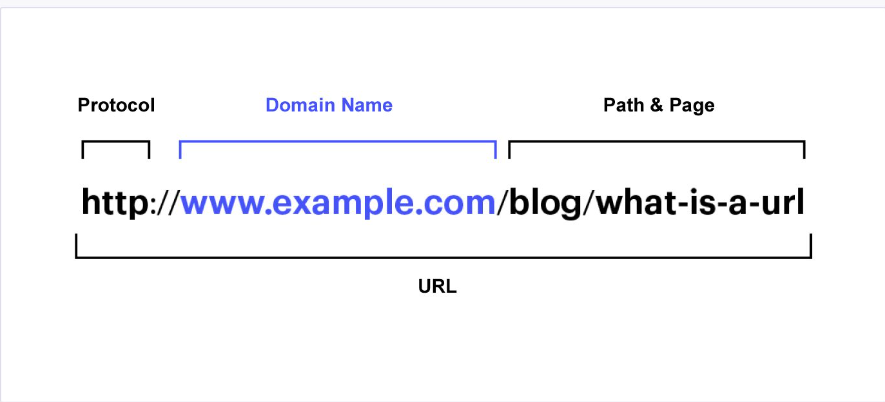
A short, descriptive URL that includes your main keyword and uses hyphens instead of spaces is optimal for both users and search engines. This creates an SEO-Friendly URL Structure.
Example:<a href=”https://zendot.in/blog/seo-friendly-url-structure//”>SEO-Friendly URL Structure</a>
Content Freshness: Regular Updates
Regularly updating your content keeps it relevant and accurate. Refresh images, add new links, fix broken links, and ensure the content aligns with current keyword intent. Conduct a content audit every 3-6 months to maintain quality.
Example: Update your Advanced Keyword Research Strategies blog every few months to include new trends.
Indexing: Ensuring Search Engines Find You
Make sure your pages are indexed by search engines. Use tools like Google Search Console to check and resolve any indexing issues.
Example: Use Google Search Console to submit your sitemap and check for any indexing issues.
Additional Tips: Localize and Use Power Words
Localizing content for location-based searches can enhance relevance for local users. Additionally, using numbers, dates, and emotional words can make your content more engaging and persuasive.
Example: If you are targeting a local audience, include location-specific keywords like “IT and Digital service company in Gurgaon.”
Conclusion
By following these SEO best practices, you can create web pages that not only rank well in search engine results but also provide valuable and engaging experiences for your users. Regularly review and update your SEO strategy to adapt to the latest trends and algorithm changes, ensuring long-term success in the digital landscape.

